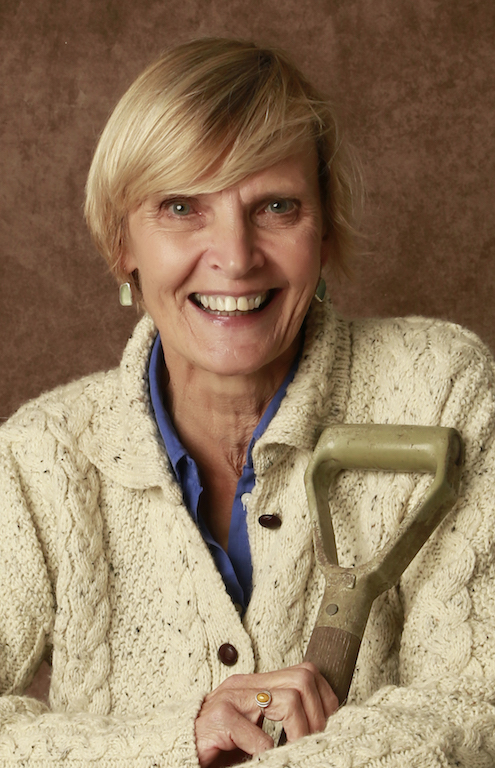
Growing up in an isolated rural setting we three young Growbags had to make our own entertainment. One of our innocent pastimes was making bird traps by propping up our father’s shrimping net with a stick, tied to a long piece of string, and baiting the trap with breadcrumbs. When an unsuspecting blue tit ventured under the net we would yank the string, pull the stick away, and drop the net on the bird. It was then duly caught and ringed with a coil of fuse wire for future identification.
Please don’t try this at home as nowadays you would probably be prosecuted under the 1981 Wildlife and Countryside Act; as many of our actors and politicians have found out, what was acceptable back in the day can now get you into a bit of bother with the PC police, (and the old family recipe for baked badger is probably best not mentioned either).
But these early experiments in ornithology sparked a lifelong desire to populate our garden with birds as well as plants (Louise’s choice this month is literally ‘moving’ with hungry autumn birds).
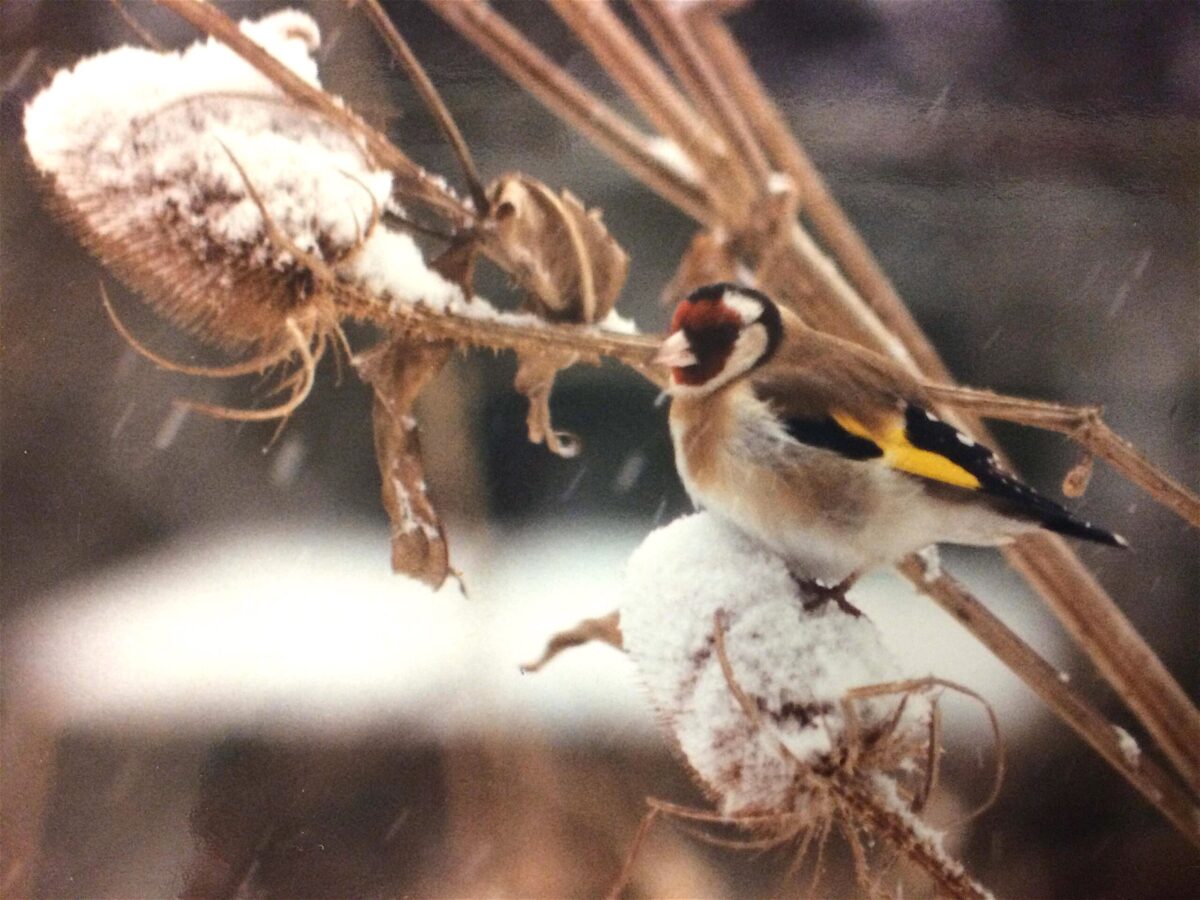
Goldfinches love to tease the seed out of teasels, blue tits will flock up to pick over the remains of Verbena bonariensis, fieldfares and red wings will come and feast on windfall apples and in a magical few moments earlier this autumn I watched a pair of drop-dead gorgeous bullfinches diligently pluck the ripe red berries from a honeysuckle bush and feed them to their two equally beautiful adolescent youngsters.
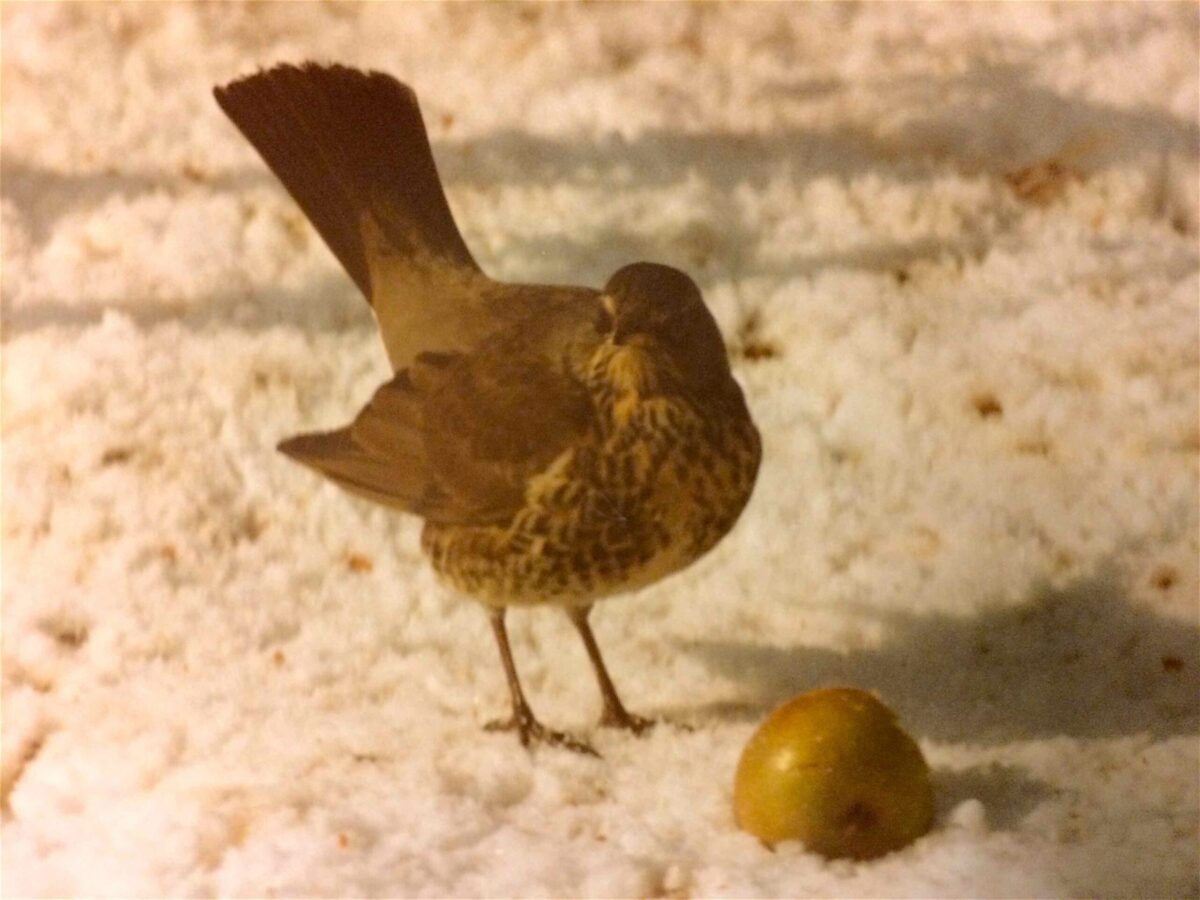
Elaine has nesting storks in her Normandy garden, and I expect Caroline will have had sea eagles visiting her bird table, but actually there is nothing more exquisitely charming that watching a little Jenny wren scuttling around a log pile as you go about your autumn tasks in the garden.

Yes it’s true, our bird netting activities so fired Laura’s inner David Attenborough that, aged 9, she produced a book modestly entitled ‘All you ever wanted to know about Natural History’. It depended on your curiosity being limited to elephants and mushrooms but the overbearing ambition was all there.
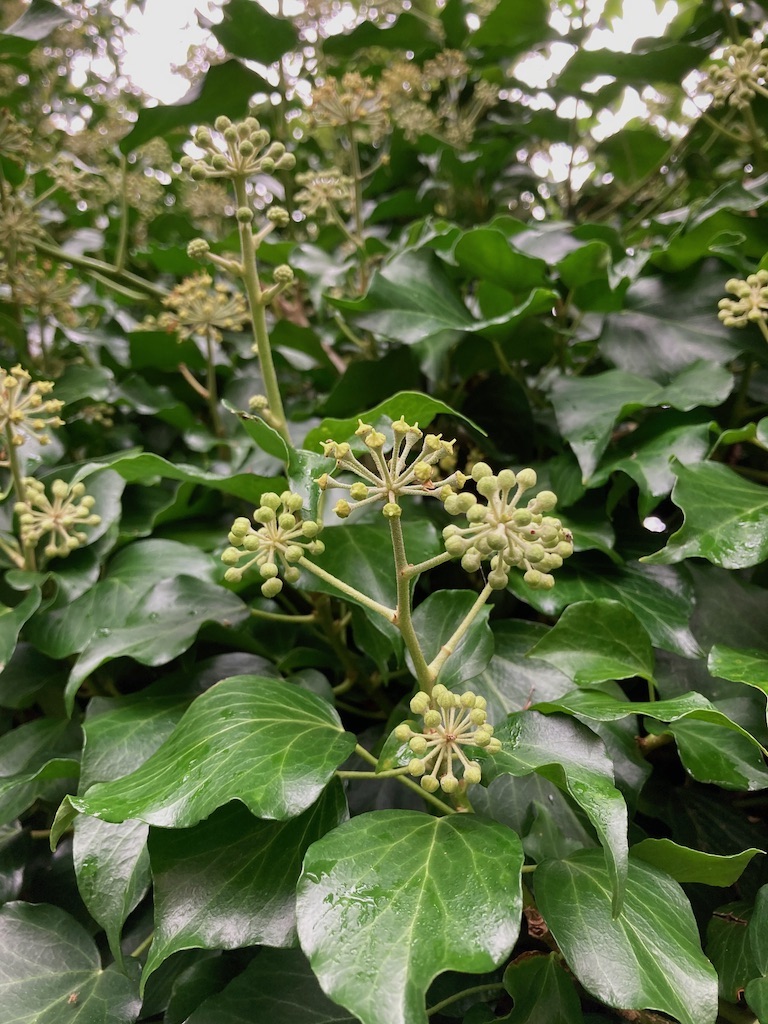
It’s sad that birds which were the soundtrack to our childhood – skylarks; nightingales and cuckoos are becoming so scarce, although I don’t need Laura to patronisingly tell me there is little we can do individually to support migratory insect feeders.
I admit I do cut down seedbeds here in Scotland because of the wind (including last week the Verbena bonariensis – gulp) but our ivy and hedges offer numerous birds a decent kip in winter.
Although I know Laura and Elaine like to think of me as the Katie Price to their Mary Beard, but I don’t use any chemicals in the garden now and definitely consider the environmental desert of astroturf to be an indictable offence. As Caroline Donald said so well in the Sunday Times recently: ‘Remember, the garden doesn’t just belong to you.’

Goodness me, what excursions into our peculiar past this week, girls! I’m definitely not going to mention watching our Dad blasting a rat off the bird-table with his 12-bore shotgun while we munched our Rice Krispies one snowy winter’s morning; or keeping dozens of stag-beetles under dustbin lids on the lawn and feeding them dahlia petals. People will think we’re odd.
Seedheads, rosehips etc do get left on in this garden (idleness given the name of virtue), but we also have a bird-table for apple-halves and things, and bird-feeders of which we have bought dozens over the years.
Living in a town, we have grey squirrels as villainous as Dick Dastardly, bending the wires, hanging upside-down from the tree-branches and generally tight-roping their way to a blue-tit’s supper.
We’ve finally found some squirrel-proof feeders that really work – made by Roamwild – with a spring-loaded mechanism that shuts down the seed-hopper if anything heavier than a songbird lands on it. Genius. Goodbye squirrels, magpies and even rats. Not cheap, but much better for the blood pressure.
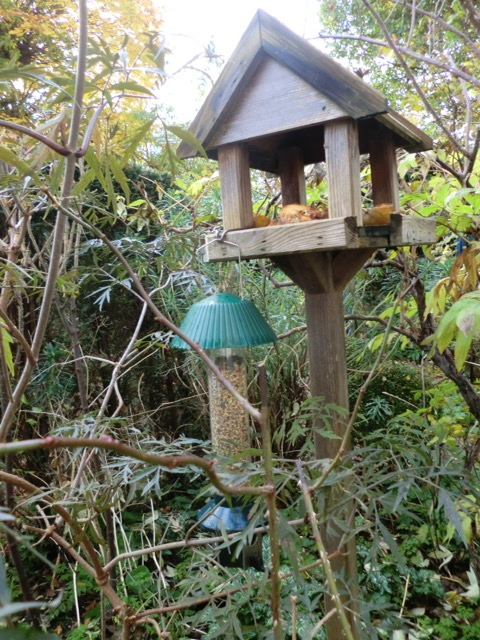
All sizes of birds have a lovely time in the ivy, gorging on the berries. There’s one fat wood pigeon who squats there from November to March, I swear. Add some safe access to fresh clean water which is as important as bird food in the depths of winter, and lots of cosy roosting spots, and hopefully our precious native birds will make it through.
PS We got a great tip from reader Susie Brook after our blog on autumn colour – she recommends Prunus subhirtella autumnalis ‘Rosea’ It looks a real stunner – hardy as anything, doesn’t mind some wind and likely to flower through until the spring. By the look of it – it’s a tip top tip.
NB If you’d like a bit more gardening chit-chat from the3growbags, just enter your email address here and we’ll send you a new post every Saturday morning
